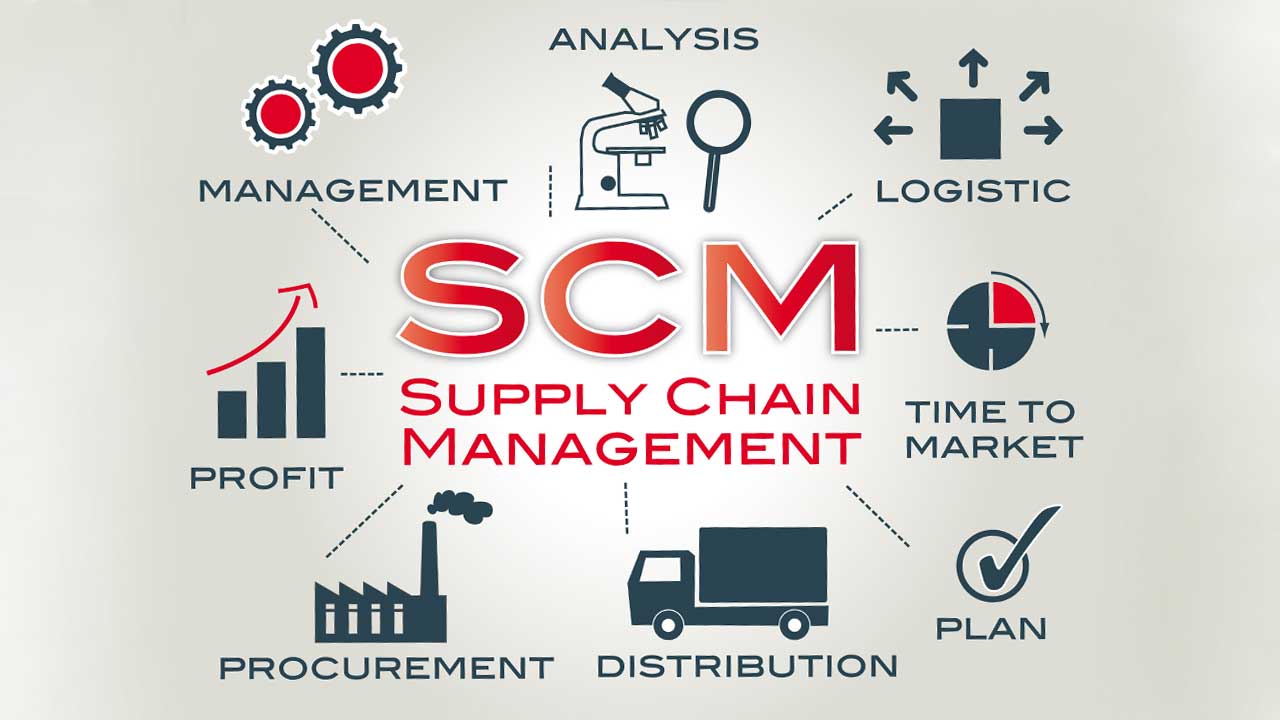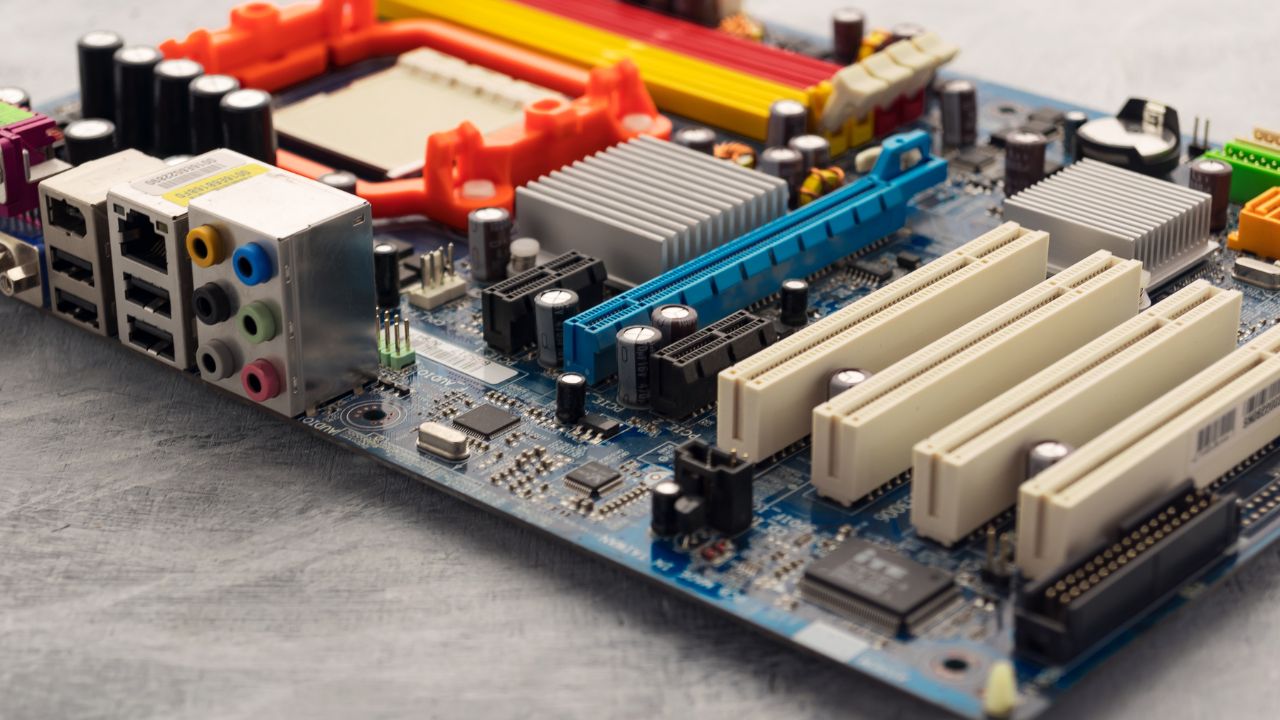In the ever-evolving tech industry, professionals who can blend multiple skills have a distinct advantage. One of the most sought-after combinations today is Full Stack Development and Data Science. As businesses increasingly rely on data to drive decision-making and innovation, the need for individuals who can not only build applications but also analyze and interpret data is more crucial than ever. If you’re a Full Stack Developer with an interest in data science, transitioning to this field might be one of the most rewarding career moves you can make. In this blog, we’ll explore how Full Stack Developers can leverage their skills to transition into the world of Data Science and how combining both can lead to unparalleled career growth.
The Growing Demand for Full Stack Developers and Data Scientists
Before diving into how Full Stack Development and Data Science can intersect, it’s essential to understand why both skill sets are in demand. Full Stack Developers are experts in building web applications, with proficiency in both front-end and back-end technologies. From designing user interfaces to creating databases, they manage the entire stack of development. These skills are crucial in today’s digital world, where every business needs functional, interactive websites and applications.
On the other hand, Data Scientists are specialists in extracting insights from data to inform decision-making. They use machine learning, statistics, and programming to analyze large datasets and create predictive models. Data science is critical for businesses looking to understand consumer behavior, optimize processes, and make data-driven decisions. The synergy between development and data science has opened up a world of possibilities for those who can harness both fields.
The Role of a Full Stack Developer in the Data Science Field
As a Full Stack Developer, you already possess several skills that will be invaluable as you transition into Data Science. First, your ability to work with multiple programming languages, frameworks, and databases will give you a solid foundation in the technical aspects of data science. Your experience with JavaScript, Python, Node.js, and other tools will help you with data manipulation, machine learning algorithms, and integrating data science models into production environments.
A key benefit of Full Stack Development is understanding the entire software development lifecycle. Data Scientists, often working with complex datasets and machine learning models, can benefit greatly from this holistic understanding. With a strong grasp of APIs, web development frameworks, and databases, you’ll be able to streamline the process of integrating data science solutions into web applications, creating powerful systems that are not only data-driven but also user-friendly and accessible.
If you’re considering expanding your expertise, a Full Stack Developer course can be a great way to strengthen your foundational skills and ensure that you’re up-to-date with the latest industry trends and best practices. This course will help you sharpen your web development skills and build a solid base for understanding how you can integrate data science solutions into the systems you create.
Transitioning to Data Science: The Path to Success
While your full stack development skills provide a strong foundation, transitioning to Data Science requires mastering a different set of tools and techniques. Data Science is an interdisciplinary field, combining statistics, mathematics, and programming to extract meaningful insights from data. As a Full Stack Developer, you’re already comfortable with programming, which gives you a significant edge when learning the other aspects of data science.
A great place to start is by taking a Data Science course, which will introduce you to the core concepts of data science, including statistical analysis, data wrangling, and machine learning. These courses will also teach you how to work with data processing tools and frameworks like Pandas, NumPy, and Scikit-learn. You’ll also dive into visualization tools like Matplotlib and Seaborn, which will help you communicate data insights effectively.
One of the most important aspects of Data Science is being able to work with large, unstructured datasets. As a Full Stack Developer, you likely have experience with databases, but in Data Science, you’ll need to understand how to handle different types of data, such as text, images, and time-series data. Learning how to preprocess and clean data is a vital skill in the Data Science field. Once you are comfortable with these techniques, you can move on to more advanced topics like machine learning and deep learning.
Combining Full Stack Development and Data Science
While both Full Stack Development and Data Science are impressive skill sets on their own, combining them can give you an extraordinary edge in the job market. Full Stack Developers who have data science skills can build end-to-end solutions, from gathering and analyzing data to creating applications that utilize predictive models. This versatility makes you more valuable to employers, as you can not only handle the technical aspects of application development but also ensure that the application is backed by data-driven insights.
Imagine developing a web application that integrates machine learning models to predict user behavior or create personalized experiences for users based on real-time data. Combining both skill sets allows you to create solutions that are more intelligent and responsive. For example, as a Full Stack Developer, you could design a website that uses Natural Language Processing (NLP) to analyze customer reviews in real time, then use machine learning to recommend products or services. This kind of system requires both development and data science expertise.
Furthermore, this combination of skills can lead to higher-paying and more rewarding job opportunities. Companies are always on the lookout for professionals who can bridge the gap between development and data science. With these two skill sets in hand, you’ll position yourself as a versatile and highly capable professional who can tackle a broad range of challenges, making you an asset to any organization.
Career Opportunities: What Roles Are Available?
Combining Full Stack Development and Data Science opens up a range of exciting career opportunities. Some of the roles you might consider include:
- Data Engineer – This role focuses on the infrastructure and architecture of data systems. With your development background, you can design robust pipelines that efficiently process and store data for analysis.
- Machine Learning Engineer – If you enjoy applying algorithms and building predictive models, this role will allow you to build and deploy machine learning models in real-world applications.
- Data-Driven Full Stack Developer – A combination of both fields, this role involves developing data-driven applications. You’ll work on building full-scale applications while integrating advanced data analytics and machine learning models.
- Business Intelligence Developer – Using your data analysis skills, you can create dashboards and reporting systems that help businesses make data-driven decisions.
- AI Developer – For those interested in more advanced machine learning and artificial intelligence, this role involves working with deep learning and neural networks to create intelligent systems.
Conclusion
In today’s fast-paced tech landscape, the ability to combine Full Stack Development with Data Science offers numerous advantages, both in terms of career growth and the types of projects you can work on. By leveraging your existing development skills and learning the fundamentals of data science, you can set yourself up for a prosperous and dynamic career path.
Whether you choose to take a Full Stack Developer course or dive into a Data Science course, the journey from Full Stack Developer to Data Scientist is an exciting one that will open doors to new opportunities and roles. Along the way, using a Python Cheat Sheet can be a valuable resource, helping you quickly reference essential functions and syntax while building data-driven applications.
By mastering both skill sets, you’ll be equipped to tackle some of the most innovative and impactful challenges in the tech industry today.








